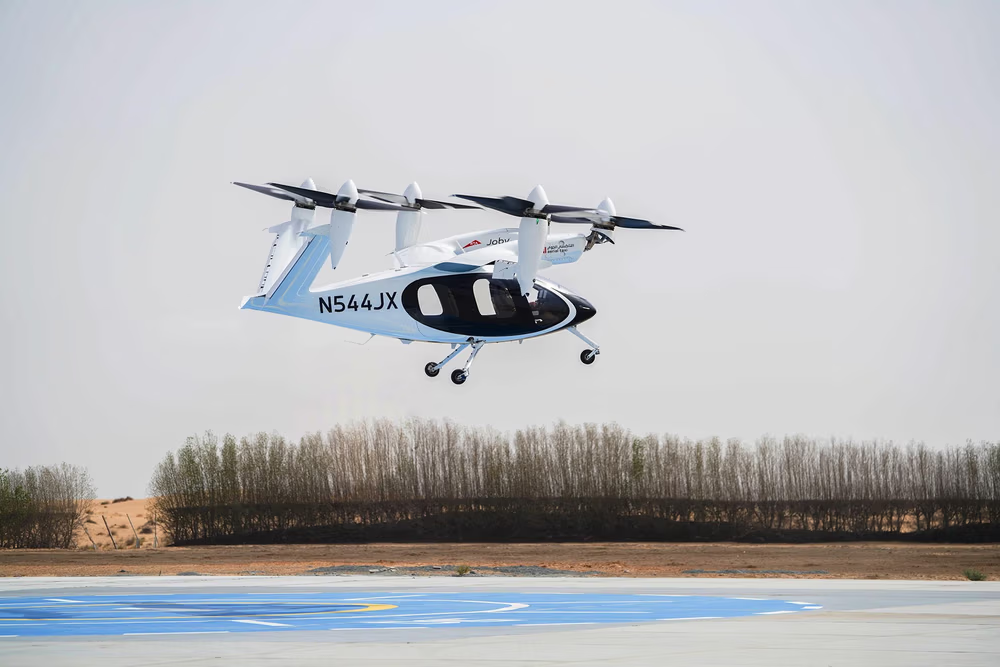The General Civil Aviation Authority (GCAA) has introduced the world’s first regulatory framework enabling electric vertical take-off and landing (eVTOL) aircraft and conventional helicopters to share the same infrastructure. This groundbreaking move by the UAE is set to accelerate the deployment of air taxis, with commercial launches anticipated later this year.
The new regulatory framework (published as a PDF by GCAA) aims to significantly reduce infrastructure costs and deployment timelines by allowing eVTOLs to utilize existing helipad networks, eliminating the need for separate, dedicated vertiport facilities. This “hybrid model” is expected to streamline operations and integrate advanced air mobility (AAM) solutions more efficiently into the country’s aviation landscape.
Approved heliport and vertiport operators seeking certification for hybrid operations must submit a safety assessment, a compliance register, and a workflow plan to the GCAA. Facilities will also need to meet specific technical requirements before any application is processed.
The GCAA’s announcement follows a series of successful test flights by eVTOL developers in the Emirates. Earlier this week, Joby Aviation and Dubai’s Roads and Transport Authority (RTA) completed the region’s first Joby air taxi test flight in Dubai. Last month, the Abu Dhabi Investment Office (ADIO), in conjunction with Chinese autonomous aerial vehicle firm EHang and Multi Level Group, conducted test flights of their passenger eVTOL aircraft in Abu Dhabi. Additionally, Archer Aviation has completed the initial test flight for its Midnight eVTOL aircraft, which is slated for an upcoming launch in Abu Dhabi. In April, the GCAA also granted design approval for the UAE’s first hybrid heliport at the Abu Dhabi Cruise Terminal in Zayed Port.
This proactive regulatory approach underscores the UAE’s commitment to fostering a supportive ecosystem for the burgeoning advanced air mobility sector, positioning the nation at the forefront of aviation evolution and urban air mobility integration.
–Input WAM





